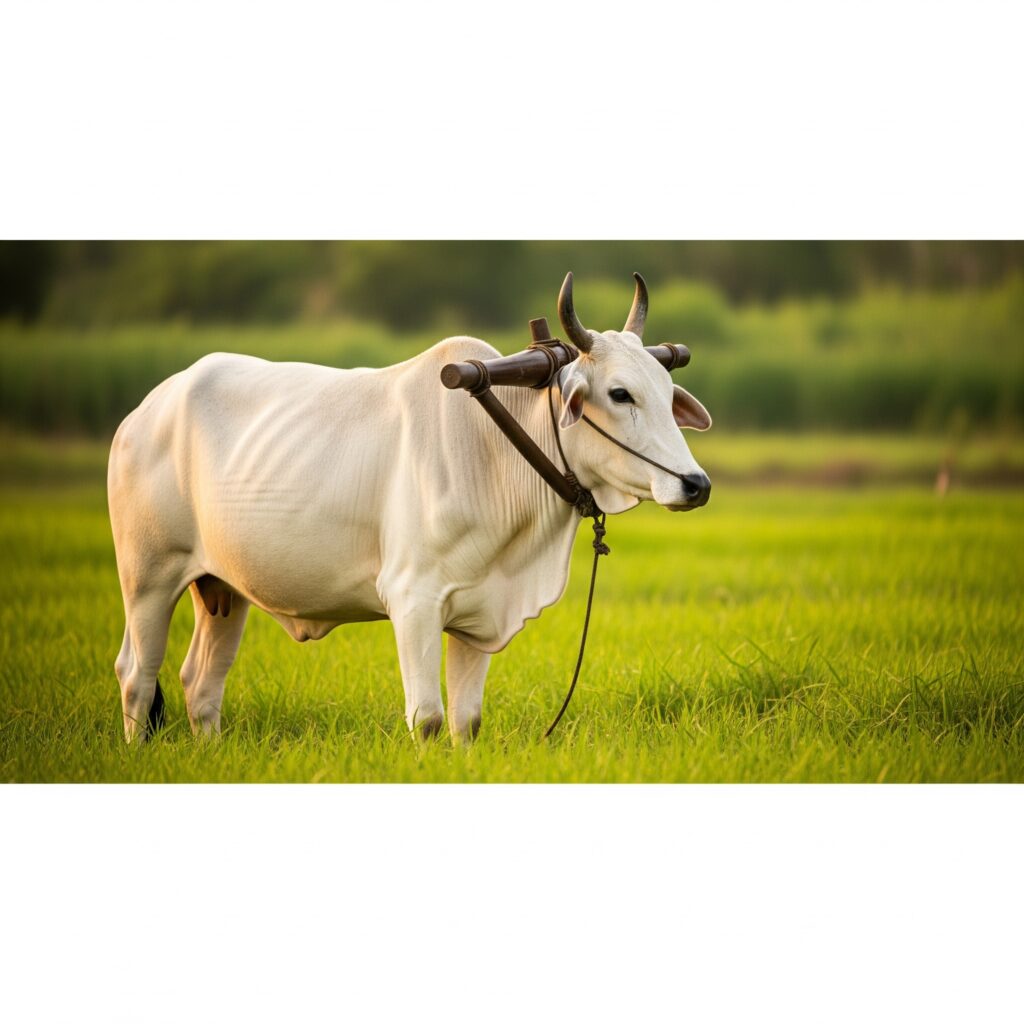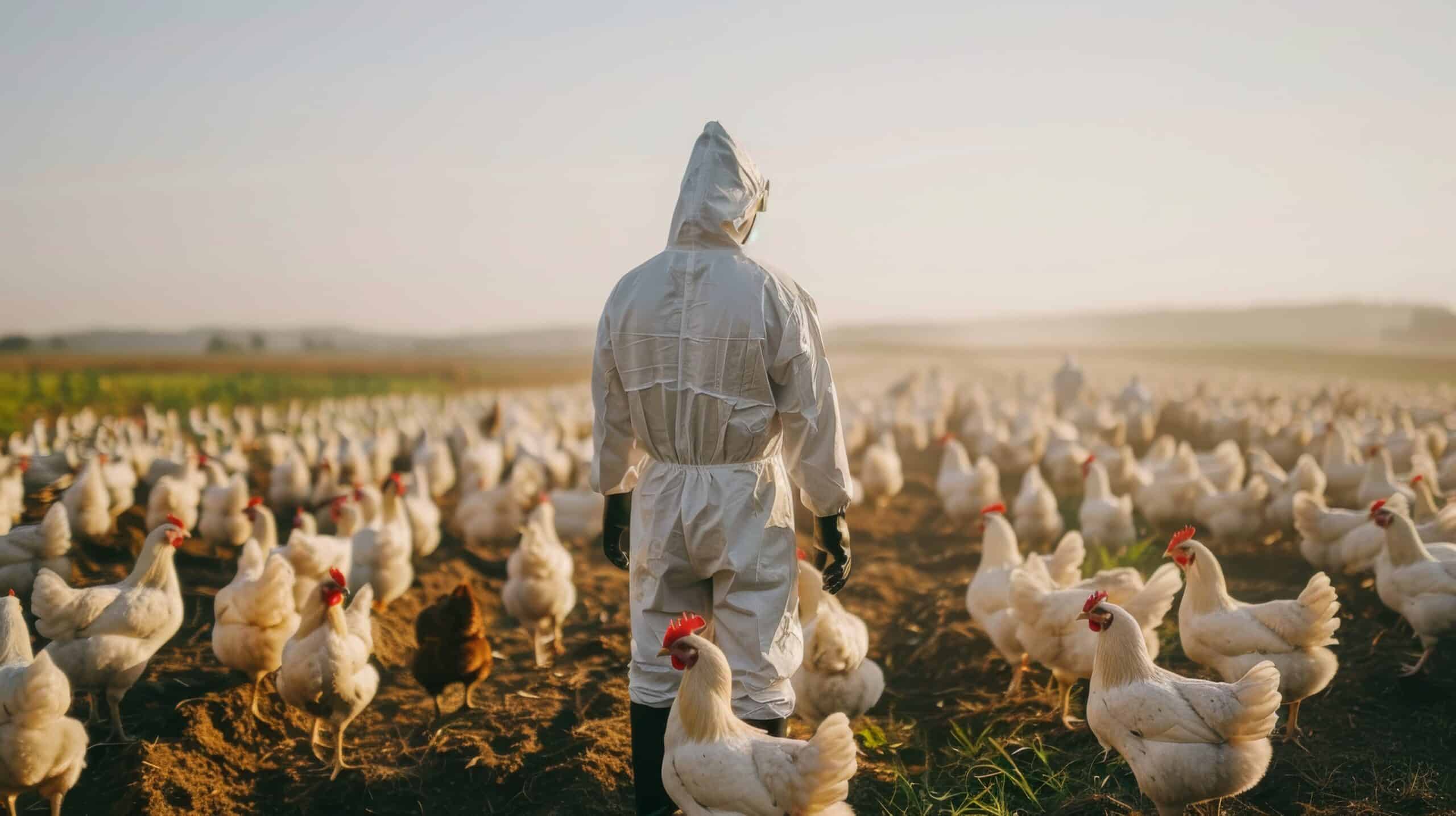Yoke gall in cattle is a common and painful skin condition seen in working animals, especially bullocks. It occurs due to repeated friction and pressure from poorly fitted yokes, harnesses, or carts. If left untreated, it can lead to open wounds, infection, and long-term discomfort, significantly reducing the animal’s productivity and well-being.
What is Yoke Gall?
Yoke gall is a skin injury or swelling that develops over the shoulders or neck where the yoke or harness rests. The condition often starts as a reddish inflammation and may progress to skin ulceration, pus formation, or even deep wounds. In severe cases, secondary infections and maggot infestations may occur, further complicating the healing process.
Causes of Yoke Gall in Cattle
- Ill-fitting yokes or harnesses that create continuous friction.
- Overworking animals without adequate rest.
- Unclean equipment that harbors dirt or bacteria.
- Poor hygiene, which delays wound healing and promotes infection.
- Hot and humid climates that exacerbate skin irritation.
Cattle with short or damaged skin coats are especially prone to this condition, as the protective layer is reduced, making the skin more vulnerable to injury.
Symptoms to Watch Out For
Early detection plays a key role in yoke gall treatment in cattle. Look out for the following signs:
- Swollen or hardened skin around the yoke area
- Redness, heat, or tenderness on touch
- Animal showing discomfort while pulling or turning
- Open sores or foul-smelling wounds
- Flies hovering around the affected area
Yoke Gall Treatment in Cattle
Timely and effective treatment can prevent further complications. Standard practices include:
- Immediate removal of the yoke and providing the animal with rest.
- Cleaning the affected area.
- Application of wound-healing ointments that reduce inflammation and promote skin regeneration.
- Protective padding to prevent further friction once the wound starts healing.
- Maintaining hygiene and cleanliness in animal shelters and equipment.
Himax: A Proven Herbal Solution for Yoke Gall
One of the most trusted herbal formulations for treating yoke gall in cattle is Himax, a phytogenic veterinary ointment from Natural Remedies. Himax is a broad-spectrum herbal wound care ointment with proven effectiveness in treating:
- Yoke and rope galls
- Cuts, burns, and abrasions
- Fungal and bacterial skin infections
- Foot rot and infected wounds
Himax contains herbal actives with antiseptic, anti-inflammatory, antifungal, and fly-repellent properties. These features make it ideal for use in yoke gall treatment in cattle, as it accelerates healing while protecting the wound from maggot infestation.
To apply, clean the wound thoroughly and then apply a thin layer of Himax. Continue treatment until complete healing occurs.
Yoke gall in cattle can cause serious distress if not addressed promptly. Alongside proper rest and equipment adjustments, the use of herbal wound care solutions like Himax ensures faster recovery and long-term skin protection. By prioritizing preventive care and effective treatment, farmers can safeguard both the health and performance of their animals.







.png)












.png)






